free chlorine low total chlorine normal
Even acid rain and other biomatter getting into your pool will cause free chlorine levels to drop. The recommended amount of combined chlorine is no more than 02 ppm.
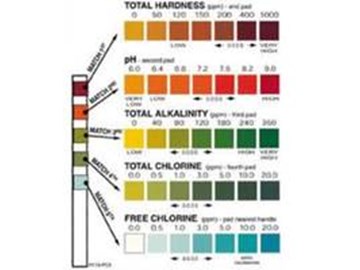
How To Maintain A Swimming Pool Part 1 Chemicals Inyopools Com
Youll have to add nearly ten times more free chlorine to eliminate it AKA overdosing or super chlorination.
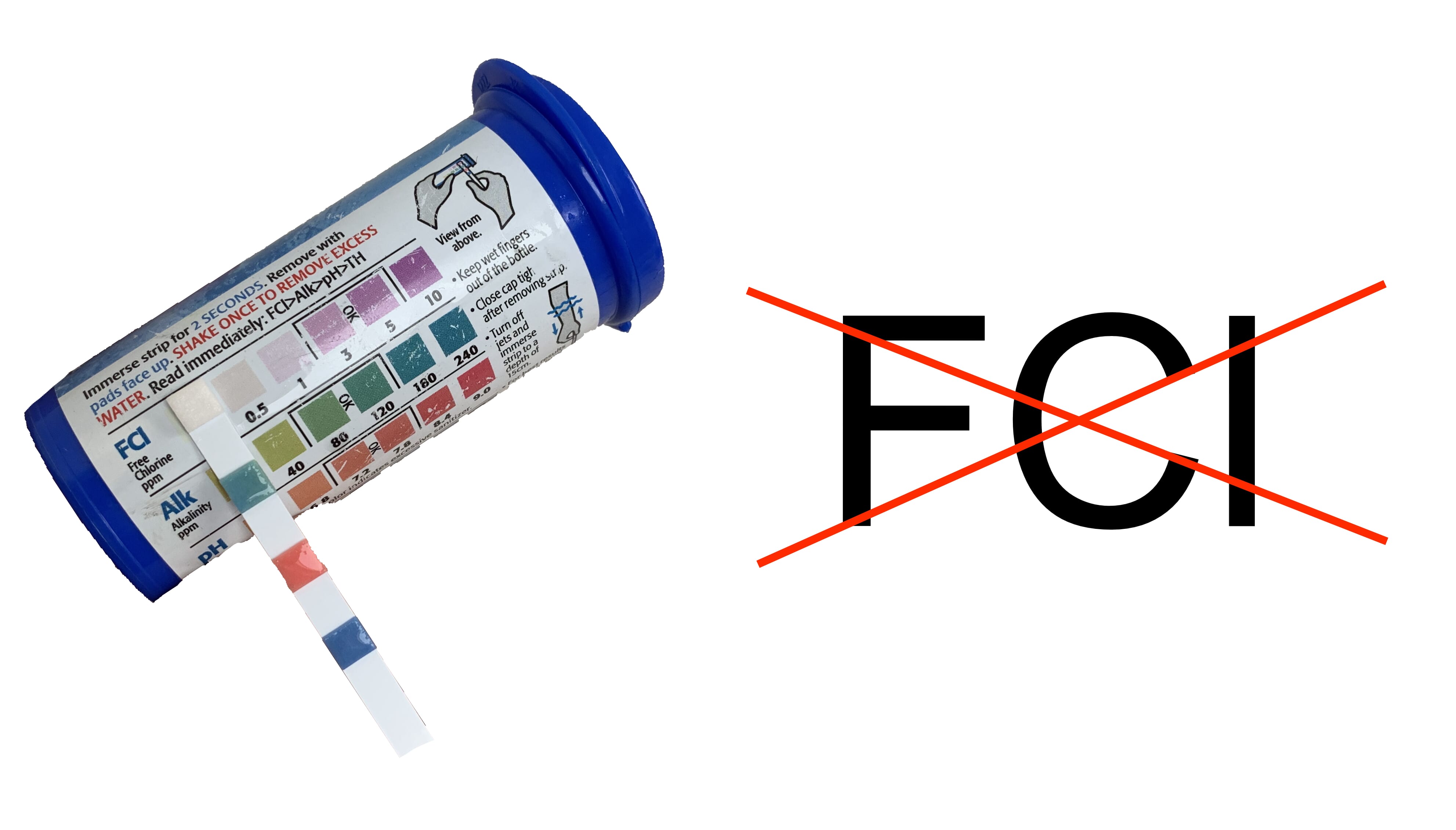
. Your free chlorine level should ideally be 3 parts per million. If your total chlorine level is high you will use a non-chlorine shock. When your free chlorine levels get too low especially below 1 ppm microorganisms start to multiply faster because theres nothing there to fight it.
How to Test for Chlorine Lock - Determining the severity of your chlorine lock can be done by calculating the Combined Chlorine of your waterRequires DPD Test Kit Combined Chlorine Total Chlorine TC - Free Chlorine FC Good Result. The newer it is the stronger it is. Free chlorine isnt interacting with contaminants yet.
InTheSwim recommends 20 to 3. The Center for Disease Control recommends free chlorine stay above 1 ppm in pools and 3 ppm in hot tubs. The easiest way to check your chlorine levels is with test strips.
Safe Levels of FAC. There are three types of chlorine that you should be aware of which include free chlorine combined chlorine and total chlorine. Let In Some Sunlight.
Total chlorine is simple. Therefore the Environmental Public Health Staff recommends superchlorination when the combined chlorine concentration is 02 ppm or greater a total chlorine of 12 ppm and a free chlorine of 10 ppm provides 83 of total chlorine as free chlorine. This is because the sanitizing compound hypochlorous acid HOCl quickly dissociates in.
What should free chlorine level be. Temperature can affect the effectiveness of the chlorine. How to raise free.
Testing the amount of total chlorine is important to keep the balance of chlorine in the water. Ideally combine chlorine must be less than 02 parts per million ppm while the free one is between 2. If its over 05 ppm you need to shock your pool.
Free chlorine involves the amount of chlorine thats able to sanitize contaminants while combined chlorine refers to chlorine that has combined directly with the contaminants. If you have chlorine locked it would cause the readings you are getting and for the smell to be present. Be sure to follow the manufacturers directions to get the most out of the product.
You will need to shock the water to break apart the chloramines and purify the water. You must reach Breakpoint Chlorination which is the addition of chlorine to your pool equivalent to the Combined Chlorine level times 10exampleTotal Chlorine 15ppmFree Chlorine 10ppmSo. This can be done by adding your weekly.
However if your free chlorine reading is different than your total chlorine reading then. However ideal free chlorine levels are dependent on cyanuric acid levels. What Is Total Chlorine.
If you suspect that biofilm is why you cant increase the chlorine levels of your hot tub you should use an enzyme product. Chlorine levels lower than 1 ppm place swimmers at grave risk of contamination. You always want to check date codes on liquid chlorine and only buy that which is no older than 60 days.
Ultra-violet rays that the natural sunlight produces destroys chlorine. The Centers for Disease Prevention and Control recommends pH 7278 for pools and hot tubs. What should be adjusted first alkalinity or pH.
Low free chlorine indicates you have chloramine combined chlorine that turns water cloudy smells more of chlorine and cannot sanitize your pool water by killing harmful germs and bacteria causing algae and ammonia. You should test alkalinity first because it will buffer pH. The preferred range of combined chlorine should be under 05 ppm.
Not having enough chlorine in your swimming pool will also cause the little bit of chlorine thats in there to be used up faster too. The bad result means there is. In the test if your free chlorine reading matches your total chlorine reading your pool is NOT experiencing a high demand for chlorine.
0 ppm for a stabilized pool. If it is low you will use a chlorinated shock. You can also uncover your pool for a few hours and let the sunlight do its magic.
Never let the chlorine dip below this level. The easiest way to check your chlorine levels is with test strips. As a rule you will need to raise free chlorine to 10 times your combined chlorine to hit what is known as break point Therefore it is good to deal with combined chlorine while it is still small.
Greater chlorine levels than 3 ppm will continue to kill contaminants but will be an eye and skin irritant. For most pools the chlorine level should remain between 1 to 3 ppm. According to the American Chemistry Council the recommended level of free chlorine should be between 2 and 4 ppm parts per million and to never let it fall below 1 ppm.
Things that cause low free chlorine levels are excessive sunlight high bather loads and improper water chemistry. The used chlorine has locked all available chlorine and is stuck together with contaminants. Total chlorine is basically the sum.
Dont overlook Walmarts Pool Essential liquid chlorine- 364 for gallon of 10 and fresh. The enzyme product helps remove contaminants and build-up from your hot tub. The level of combined chlorine must always be lower than the free one.
But a safe range is between 1 and 3 ppm. The effectiveness of chlorine decreases dramatically with rising pH. The Pool and Hot Tub Alliance recommends keeping free chlorine levels between 20 and 40 parts per million ppm.
Free chlorine is the amount of chlorine freely available to kill bacteria and other contaminates. Total chlorine is the amount of chlorine used or not in your water. So to answer the question if your Total Chlorine is high but Free Chlorine is low it is an indication that the hot tub requires a shock treatment.
The first and most common cause of cloudy water is low free ChlorineFC level. It means that the chlorine in your tub is locked and when that happens it does not sanitize efficiently. The good result means our waters chlorine level is healthy.
7 TC - 3 FC 4 CC. In fact leave your pool uncovered for 2-3 hours and the direct sunshine of a clear sky can deplete 90 or more of a pools chlorine level. What happens if free chlorine is low.
This is a normal reading. 4 TC - 4 FC 0 CC. Free chlorine is much more reliable.
I always aim for 3-4 ppm just to be on the safe side. You need to super chlorinate to break the bonds though if you have a high TDS Total Dissolved Solids reading that could contribute. If its above the ideal range of 72 to 78 chlorine levels are likely to remain low even if the chlorinator is working overtime.
For a healthy pool the free chlorine level should be between 10 and 30 parts per million ppm.

A How To Guide 7 Tips To Lower Chlorine Levels In Your Pool
The Difference Between Total And Free Chlorine
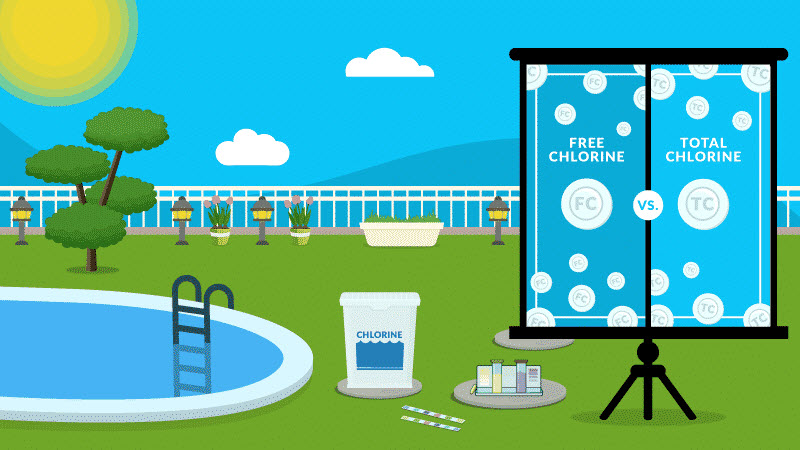
Free And Total Chlorine Chemtrol Australia

Measurement Of Free Chlorine Levels In Water Using Potentiometric Responses Of Biofilms And Applications For Monitoring And Managing The Quality Of Potable Water Sciencedirect
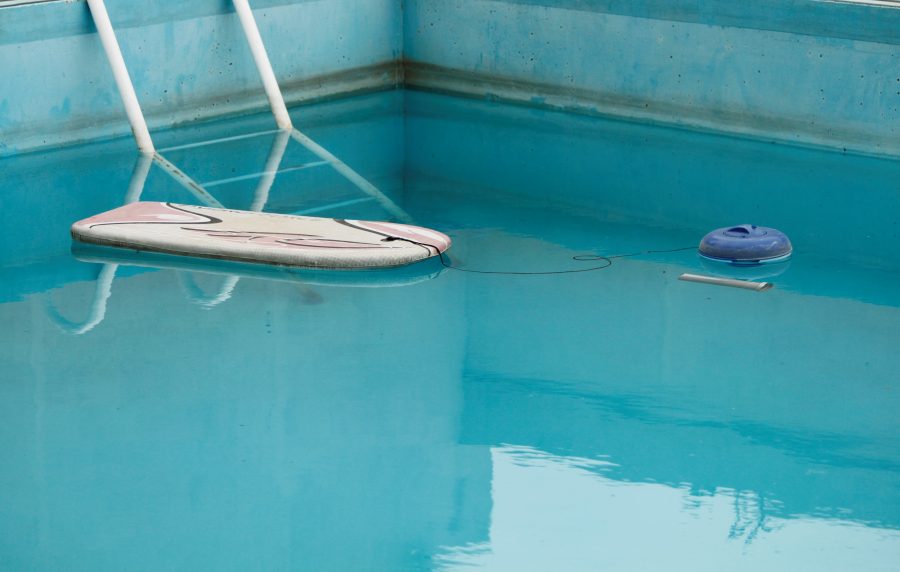
Can Too Much Chlorine Make Pool Water Cloudy
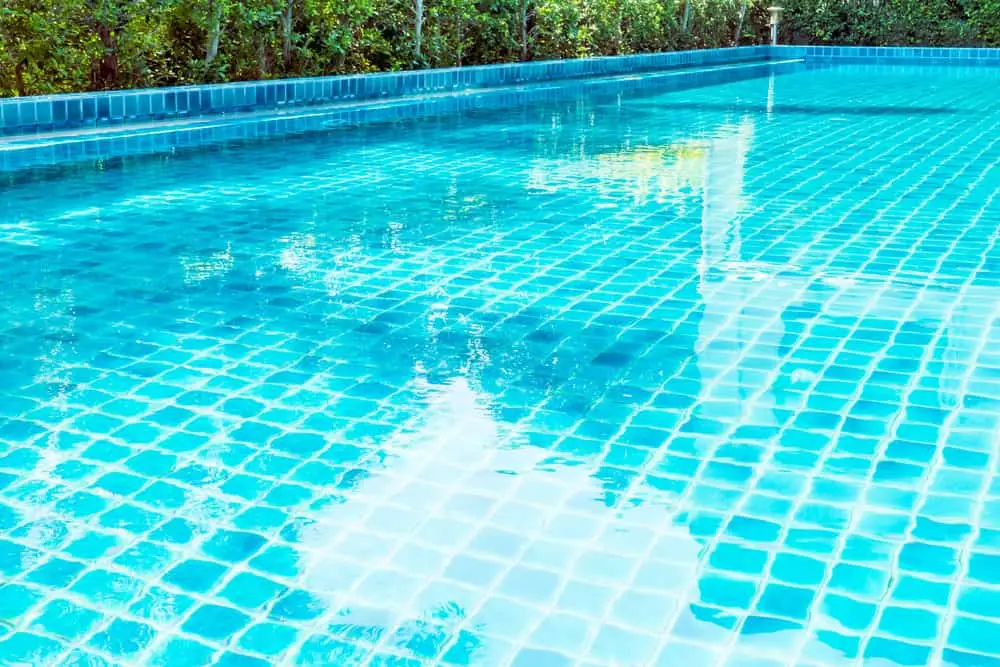
Here S How To Break Chlorine Lock In Your Pool Fast
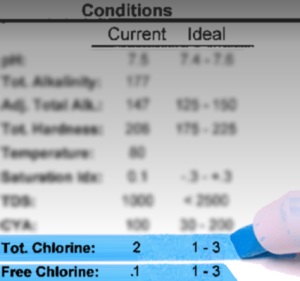
Maintaining Swimming Pool Chlorine
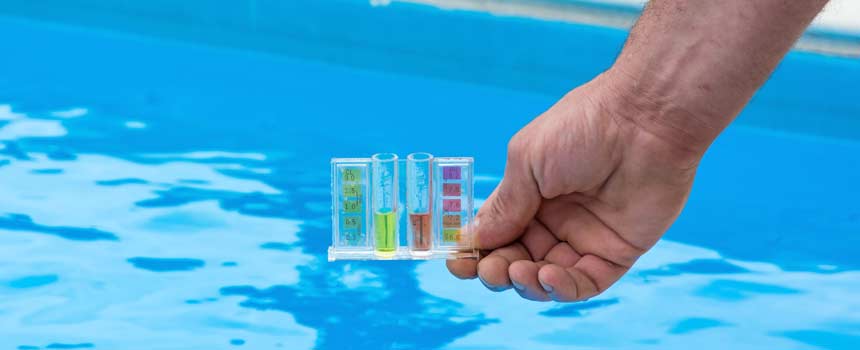
What Is Free Chlorine Combined Chlorine And Total Chlorine Pool Calculator

Free Chlorine Vs Total Chlorine Forbes Advisor
Free And Total Chlorine Chemtrol Australia
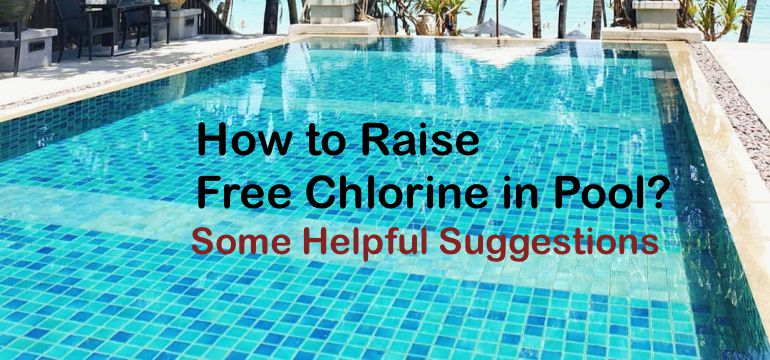
How To Raise Free Chlorine In Pool Some Helpful Suggestions

No Chlorine In A Hot Tub Find Out Why And How To Fix It

Free Vs Combined Vs Total Chlorine What S The Difference Atlas Scientific
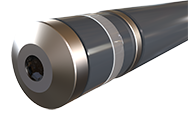
Online Chlorine Analyser Combined Chlorine Meter Halosense

How To Reduce Pool Or Spa Chlorine Levels Intheswim Pool Blog

Free Vs Combined Vs Total Chlorine What S The Difference Atlas Scientific

Free Vs Combined Vs Total Chlorine What S The Difference Atlas Scientific

